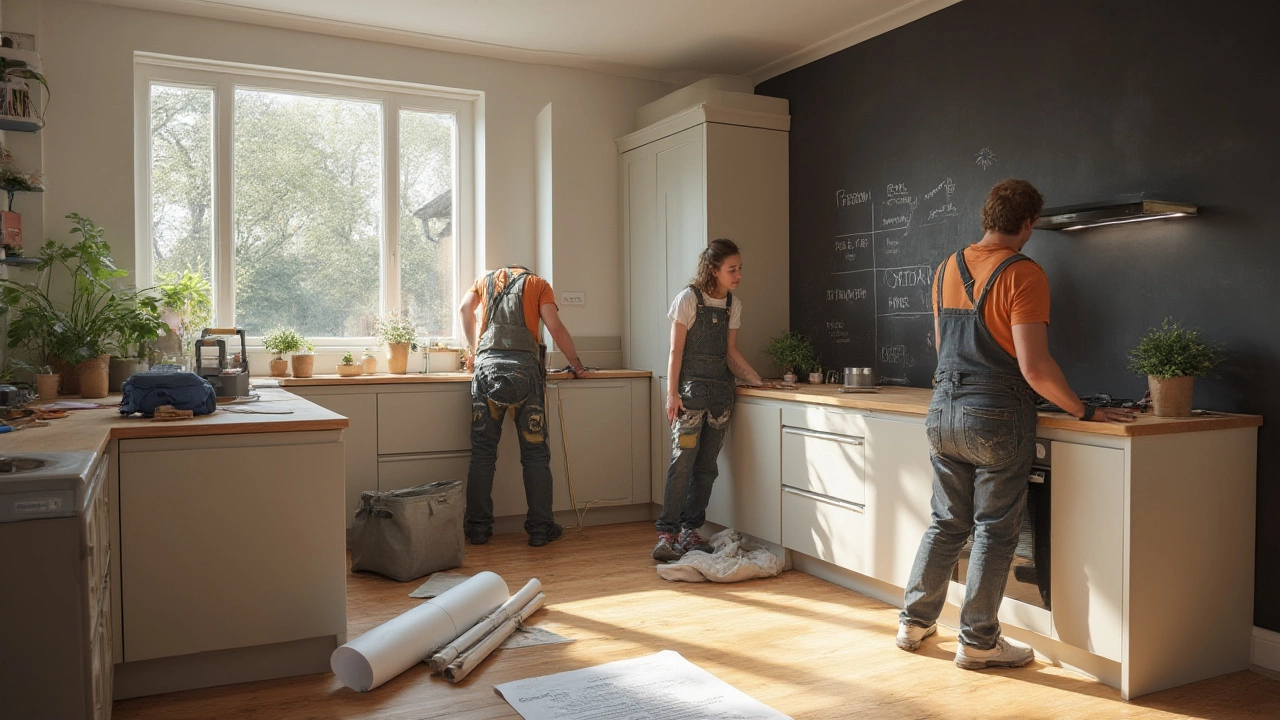Appliance Fitting: What You Need to Know
Getting a new fridge, oven or washing machine in your home should be simple, but a bad fit can cause leaks, noise or even damage. Knowing the right steps before you start saves time, money and headaches. In this guide we cover the key things to check, when it makes sense to call a professional, and a few DIY tricks that work for most domestic appliances.
Why Hire a Pro for Appliance Fitting
Professional fitters bring three main benefits: safety, compliance and speed. Electrical appliances need a safe connection to the mains, and gas units must meet legal standards – a mistake here can be dangerous. A qualified fitter also knows the local building codes, so you won’t end up with a failed inspection later. Finally, pros have the right tools and experience to finish the job in minutes instead of hours.
Most garage‑door companies also offer appliance fitting because the skills overlap – both involve secure mounting, proper sealing and reliable connections. Using a trusted service means you get a single point of contact for any after‑care you might need.
DIY Tips & Common Mistakes
If you’re comfortable with basic tools, a few DIY steps can be done safely. First, measure the available space twice – once for height and once for width – and add a centimetre for ventilation. Next, turn off power at the breaker (or gas at the valve) before you start. Use a level to keep the appliance straight; an uneven fridge can cause the door to not seal properly.
Common pitfalls include ignoring the need for a drip tray under a dishwasher, not securing a washing machine to the wall, and skipping the water shut‑off check for a fridge with an ice maker. These oversights often lead to leaks or wobble later on.
When in doubt, set a short call with a fitting professional. A quick site visit can confirm whether the job is DIY‑friendly or if specialized equipment is required. Most services will give a free quote and outline the steps, so you know exactly what you’re paying for.
In short, proper appliance fitting starts with accurate measurements, safe power handling and a clear plan. For routine installs, follow the DIY checklist; for anything involving gas, complex electrical work, or large built‑in units, call a qualified fitter. Doing it right the first time protects your home, your appliances, and your wallet.

Kitchen Installation Guide: What’s Included and What to Expect
Jul 3, 2025, Posted by Damon Blackwood
Wondering what kitchen installation includes? Get the step-by-step lowdown, industry facts, practical tips, and what to expect during your kitchen renovation.
MORESEARCH HERE
Categories
TAGS
- foundation repair
- commercial construction
- construction
- new builds
- home improvement
- home renovation
- bathroom renovation
- construction materials
- home foundation
- renovation tips
- residential construction
- building types
- contractor
- foundation cracks
- home construction
- architectural services
- building codes
- construction differences
- home inspection
- kitchen installation